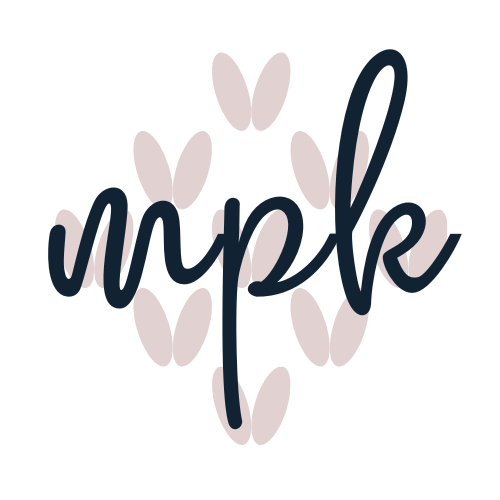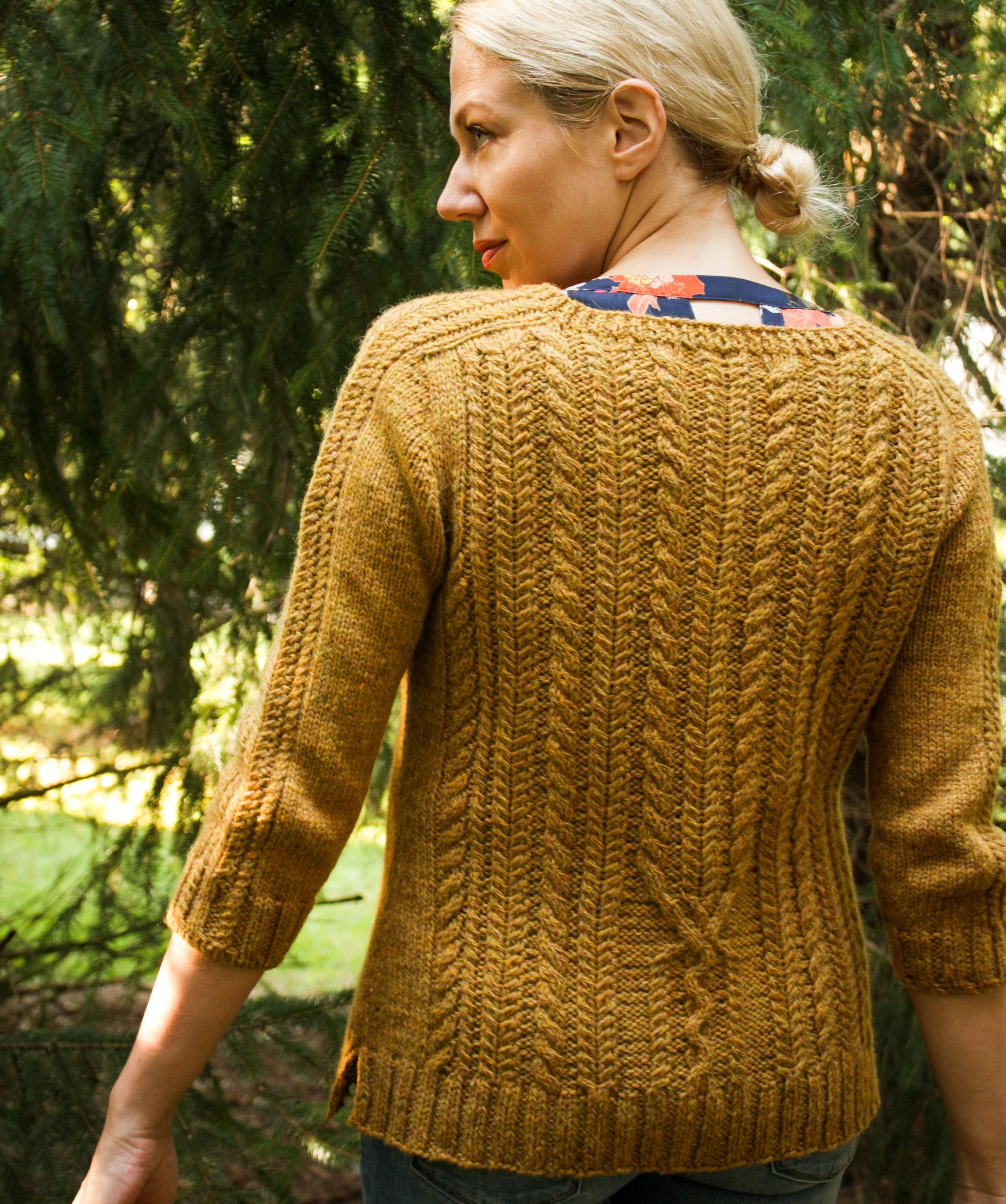Business Brainstorming: Making 2019 Count
Last month I talked about plans for MediaPeruana Designs in 2019—essentially, 2019 is the last year I’m giving myself to make MPD a true business that I earn a fair income from. (I’m not trying to become a millionaire, I’m just trying to pay myself minimum wage!)
I can’t just sit around and hope that’s going to happen though—I need to take active steps to try to make it happen.
I’ve been brainstorming ways to both a) increase my income and b) decrease my expenses in the coming year. Unfortunately, neither is an exact science, but I thought you might be interested in a little behind-the-scenes look at some of the ideas I’ve come up with (and get an idea of what kind of changes to expect in 2019).
There are 2 primary ways I can identify to increase my income:
increase pattern sales
diversify my income stream
Increase Sales
Selling patterns is and will remain the heart of my business, which means I can’t hope to raise my income without selling more patterns.
Duh.
But … how?
If there were a magic formula, that sure would be handy, but so far as I know, there isn’t. Surely a key ingredient is attracting new customers—no easy task given all the beautiful designs and hard-working designers out there. But I have a few ideas:
Start a podcast. Well, not really start. I currently have a behind-the-scenes videocast that is exclusively for my Patreon patrons. I might take that public, and expand it into a more formal podcast with a more standard format.
Collaborate. Asking people for things gives me anxiety—so for the last few years, I’ve rarely requested yarn support. But collaborating with dyers is a great way to reach new knitters, and if we’re both invested in the project (as opposed to me just telling a dyer I’ve used their yarn after the fact), we’ll both have a stake in promoting it.
New platforms. Ravelry will always been my number one, and I’ve already given you my thoughts on the Making Things app, but there are a few other options, including Etsy, Swatch Warriors and Loveknitting.com. (My patterns are already on loveknitting.com, but I’ve viewed it as more of an afterthought.) I will also be considering whether investing time into wholesaling hard copy patterns to yarn shops is worthwhile. Currently I make specific patterns available wholesale on request, but haven’t put the effort into making all patterns available, or in marketing to LYSs.
Introductory pricing. This might seem counter-intuitive to increasing my income, but I have to admit, when I’m browsing Ravelry, spot a pattern I like, and then see that it’s on sale, that’s a pretty big incentive to buy, even if the designer is new to me. Newsletter subscribers will continue to receive the best pricing on every new pattern (25% off), but I’ll also be trialing a public 15% discount on each new indie pattern for the first 5 days.
Income Streams
The second approach is to offer things other than patterns. I started this last year with my first e-course (Swatch Master) and my Patreon site, but I need to work to expand those elements and perhaps discover new income streams. Here are some of the ideas I’ve come up with.
Add a second e-course. I am currently developing a 2nd e-course (all about sweaters!) that I hope to take live in late summer 2019.
Develop a self-paced option for e-courses. Swatch Master and my upcoming e-course are/will be run “live”—that is, run during a specific 4-week period, lessons delivered weekly, with a Facebook group for student discussion, a weekly live chat to answer questions, etc. In this way they are interactive and more like a real class. One option for expanding their availability would be to develop a self-paced course option without all those bells and whistles, offered at a lower price.
Revamp Patreon. I think the Patreon platform has a lot of potential, but I haven’t had much success with it so far. I’m planning to change up the perks and promote it afresh in January.
Increase 3rd party publications. I love the freedom that self-publishing gives me, but there’s no denying how useful it is to publish through a 3rd party and receive an upfront payment—despite the additional restrictions and deadlines. I’ve set a goal for six 3rd party publications in 2019—I’ve already got two lined up.
Apply to teach. There are lots of fiber festivals and other yarn-y events these days, most of which involve classes, not to mention yarn shops. While I don’t have a lot of classroom experience, I have to start somewhere, so why not try taking my workshops on the road and offering them in-person? With 2 small children I have no desire to be traveling all over the country constantly, but a few weekend trips along the East Coast would certainly be doable.
Reduce Expenses
The last element in my 2019 plan is to reduce expenses—but this might be the trickiest one of all. I’m not prone to spending money willy-nilly (well, at least for my business!), so most of my expenses seem pretty necessary. Still, there are a few areas I think I can focus on.
Reduce PayPal fees. These fees really eat into my profit margin, and there’s not much I can do about the fee-per-pattern-sale I’m charged, but for larger payments (3rd party contracts and royalties, for example), I’m hoping to arrange payments via check or direct deposit where possible to cut down on those fees.
Reduce advertising. The bulk of my advertising budget goes to Ravelry, where it generally pays off, but I have spent some advertising cash on Facebook and Instagram—which netted me just about nothing. From now on, I’ll be sticking with Ravelry ads.
Tech editing. This is one of those expenses I can’t really do much about—I need a good tech editor (and mine’s great!). But saving my more complex patterns for 3rd party publishers might make sense—tech editing is more costly for complex patterns, and publishers would foot the bill.
Yarn . I already mentioned this up thread, but not only would collaborating with yarn dyers help me reach a new audience, but receiving yarn support would also reduce my yarn expenses, as would working from stash. (OK, technically that’s still my expense, but it’s money already spent!)
Sample knitting. I used a fair number of sample knitters this year, primarily because for the Juntos: Knits for Togetherness collection I needed 2 of everything (1 adult, 1 kid) and couldn’t possibly knit them both myself. It really relieved the burden on me and my hands, but the expense adds up. Next year I may try to reduce the number of samples I have knit, or look into bartering when possible—for example, if I don’t need to keep a sample after I’ve photographed it but the sample knitter would like to have it, s/he might consider working for a lower rate in exchange for keeping it.
That’s what I’ve got so far. It’s nothing revolutionary, but it’s food for thought.
If you enjoyed this post, you may also like . . .






